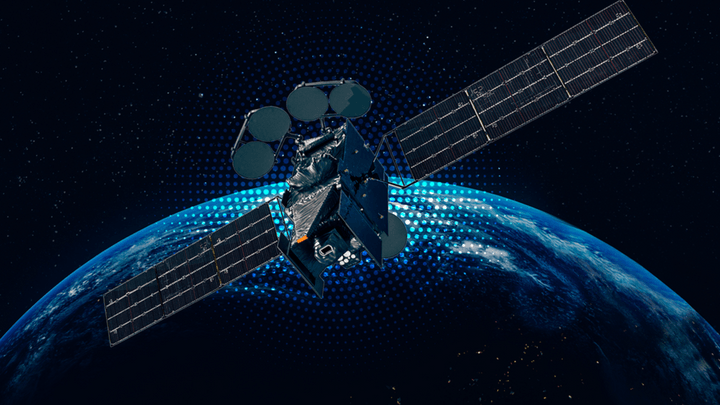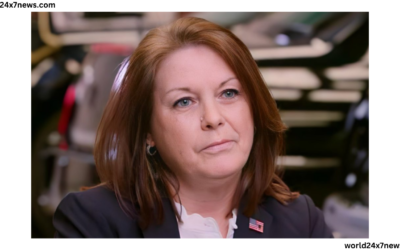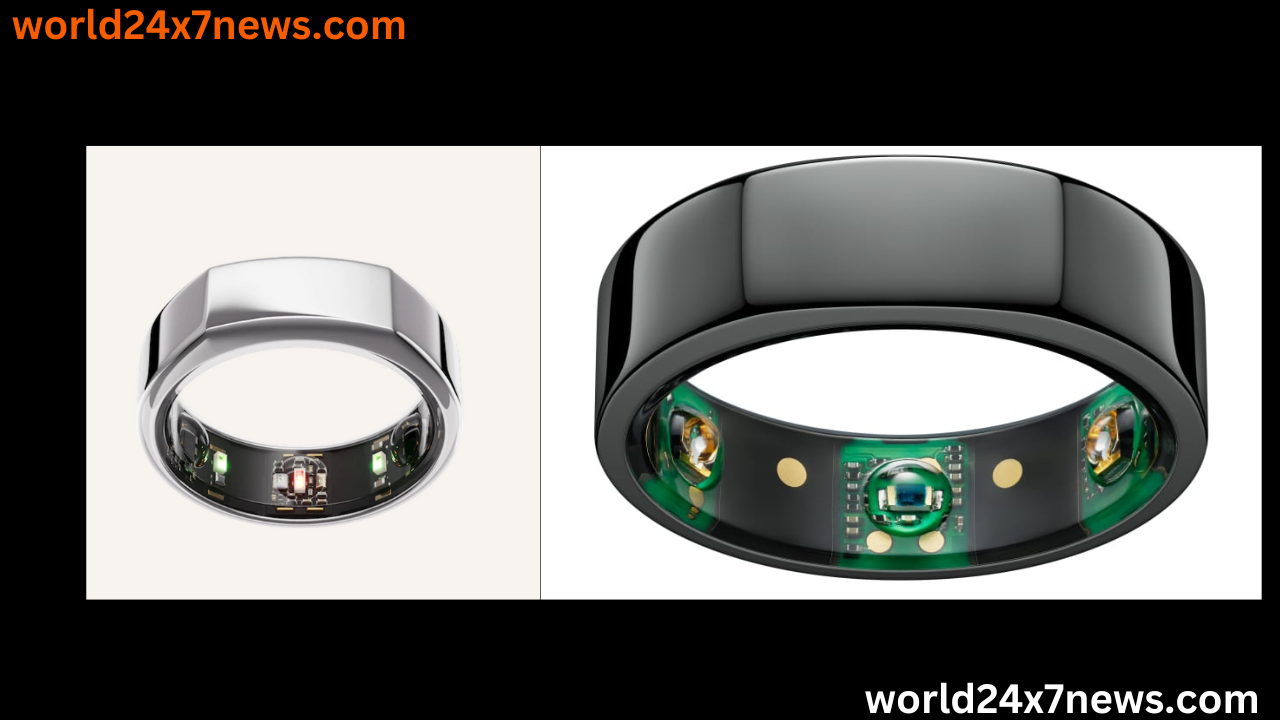NASA launched Tempo instrument to measure Perfect Air Quality
NASA will monitor air pollution every hour from space by Tempo instrument.

The American space agency NASA has launched air quality measuring device.
With the help of this device air quality can be monitored from space itself.
NASA reported that , NASA-Smithsonian instrument tempo is the first space based instrument that will monitor four square miles of major air pollutants every hour.
Tempo instrument will provide hourly reports of the days air quality in South America
- Tempo will monitor 3 main pollutants and keep warning about increasing pollution in cities.
- It will monitor the maximum traffic, forest fires and pollution caused by volcanoes.
- Tempo is equipped with special instruments, which will pass over North America every hour during daylight hours.
- It will cover a region from the Atlantic to the Pacific and from the Canadian oil sands to below Mexico City, encompassing the entire continental United State.
- This instrument was built by Ball Aerospace, a Colorado-based company.
- According to NASA the capacity of Tempo is to monitor air pollutants hourly in high spatial resolution, of approximately 10.3 square km.
- It will detect pollutants such as formaldehyde, nitrogen dioxide, and ozone in the lower troposphere.
- Karen St. Germain, head of NASA’s Earth Science Division said “Devices at the LEO (Low Earth Orbit) tend to make measurement at a lower resolution, at about 259 square km.”
NASA spent over $90 million on Tempo
Kevin Daugherty ,Project manager of Tempo at NASA’s said “The total cost to NASA is approximately $210 million.
Out of which , just over $90 million was for the instrument development itself.
Tempo instrument’s in size
Tempo, which is roughly the size of a dishwasher, will carry out observations in the light spectrums of ultraviolet and near-infrared.
If necessary ,TEMPO is expected to operate for much longer than its primary 20-month mission.















